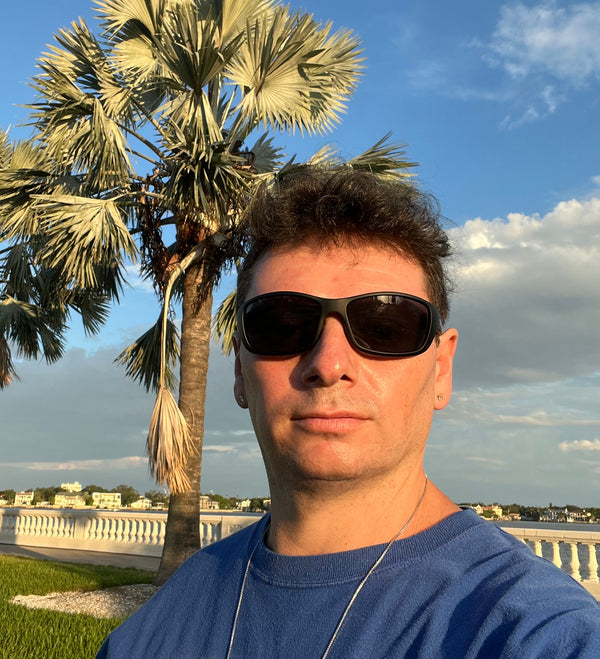Floridaseeds
American Sycamore Moon Tree Platanus occidentalis 100 Seeds
American Sycamore Moon Tree Platanus occidentalis 100 Seeds
Couldn't load pickup availability
In 1971 the astronaut Stuart Roosa flew to the moon on the Apollo 14 mission. He piloted the command module which orbited the moon. Roosa had previously been an engineer and he had also worked as a smokejumper for the forest service. He had the idea to bring seeds of forest trees with him to the moon and then plant them when he returned to the earth. He did just that and when he launched to the moon, he brought with him 500 seeds of several species of American trees. The seeds were planted after he returned and the resulting plants were planted in a number of locations. Some of the seeds were those of the native American sycamore, a tree that is native to Florida as well as much of the eastern United States. It is a large, durable and heat and flood resistant tree. One of the moon tree sycamores was planted at Kennedy Space Center on Cape Canaveral in Florida. Another plant was planted on the campus of the University of Florida, which is in northern Florida. The plant at the University of Florida survived and is now a large tree that produces seeds. The plants that are grown from the seeds of a moon tree are known as half moon trees. The seeds on this listing are from the moon tree on the campus of the University of Florida. They will produce trees that will be true half moon trees and would have been descended from a seed that had traveled to the moon. The large tree in the pics is the moon tree sycamore that is at the University of Florida. The smaller trees are the moon tree garden at Kennedy Space Center. Those trees are descended from the moon tree that was planted at the center. These trees are half moon trees. The original Kennedy Center moon tree sycamore was blown down by Hurricane Irma in 2017. So that source of seeds is no longer available. The trees grown from the seeds of the University of Florida tree will grow up to be half moon trees just like those that are in the moon tree garden and the Kennedy Space Center.
The American Sycamore is a large tree with light green leaves and ornamental bark. It is a wide-canopied, deciduous tree, 75-100 ft. tall, with a massive trunk and open crown of huge, crooked branches. The bark of large, old trunks sloughs off in scales or plates leaving a smooth, whitish inner bark. Leaves broadly ovate or broader, blade often wider than long, long pointed. Globular fruits often persist through December. Large, medium- to dark-green, maple-shaped leaves turn brown in fall. A shade tree, Sycamore grows to a larger trunk diameter than any other native hardwood. The present champions trunk is about 11 feet (3.4 m) in diameter; an earlier giant was nearly 15 feet (4.6 m). The hollow trunks of old, giant trees were homes for chimney swifts in earlier times.
Growing Instructions for the American Sycamore
The seeds have a period of dormancy. They can be planted outdoors in the fall or winter for spring germination or they can be cold stratified to simulate winter conditions and to break their dormancy at any time of the year. Place the seeds in a plastic bag and seal it. Store the bag in a refrigerator for 2-3 months. The seeds like moist, well-drained soil. Fill a pot with a mixture of half potting soil and half sand or vermiculite. Water the mixture so that it is moist but not wet. Sow the seeds on the soil and cover them with a thin layer of soil about ¼ inch thick. The seeds need light to germinate. Water the container and leave it to drain. Put the pot in a warm, sunny area. Water the pot regularly so that the soil is moist but not wet. The seedlings can be transplanted when they are a few inches tall.


















